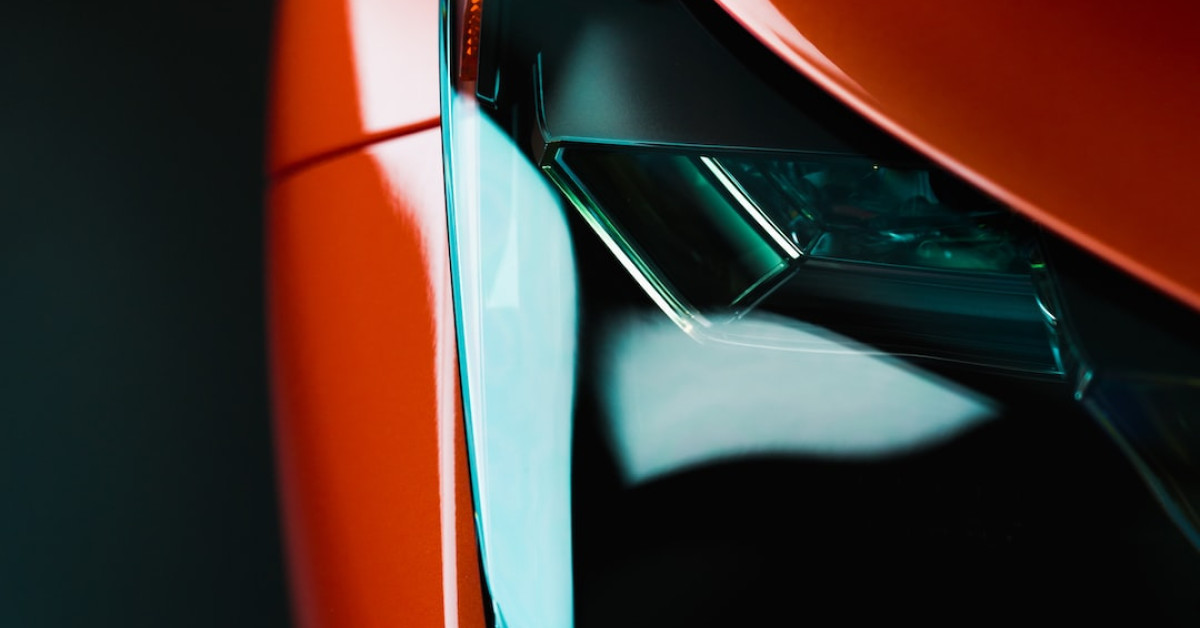In the intricate dance of the automotive world, certain components play pivotal roles, often going unnoticed – until they become essential saviors in dire situations. One such unsung hero is the car heat shield, a seemingly modest part that stands as a bulwark between the high temperatures generated by your vehicle and the safety and longevity of its internals. Are car heat shields mere optional extras, or do they provide indispensable protection? The quest to demystify this enigma is not just for the gearhead or the cautious motorist; it’s a topic that concerns anyone who takes the wheel and expects their vehicle to perform reliably and safely.
Understanding the quintessence of car heat shields - their purpose, types, and maintenance - could be the difference between a well-oiled machine and a costly, fiery fiasco. Buckle up as we delve deep into the world of car heat shields, and equip you with the knowledge to make an informed decision about the essential protection they offer to your beloved vehicle.
The Crucial Role of Heat Shields in Vehicles
Car heat shields are designed to serve a dual purpose: protecting sensitive components from extreme heat and preventing fire hazards. They are strategically positioned to reflect or dissipate heat away from areas like the underbody, exhaust system, and engine bay.
Why Are Heat Shields Considered Vital Protection?
- Thermal Management: They actively manage the thermal dynamics within the engine bay and under the chassis, dispersing heat evenly to prevent overheating.
- Component Preservation: By reflecting heat away, heat shields protect critical components such as electrical wiring, fuel lines, and the vehicle’s bodywork from warping, melting, or igniting.
- Performance Optimization: A well-managed thermal environment ensures optimal engine performance and longevity because engines are designed to operate within specific temperature ranges.
- Passenger Comfort: Heat shields play a crucial role in insulating the vehicle’s interior from the high temperatures of the engine and exhaust system, ensuring a comfortable ride.
- Environmental Protection: By maintaining the catalytic converter’s temperature, heat shields help in reducing emissions, thus playing a part in environmental conservation.
Indicators That Your Heat Shields Are Compromising:
Pay attention to these warning signs that may indicate your car’s heat shields need attention:
- Rattling Noises: A common indicator of a loose or damaged heat shield.
- Overheating Components: If you notice parts of your car getting unusually hot, it could be a heat shield failure.
- Visible Damage or Corrosion: Regular inspections may reveal physical damage to the heat shields, signaling a need for repair or replacement.
Different Types of Heat Shields in Your Car
Not all heat shields are created equal. They come in various shapes, sizes, and materials, each tailored to a specific purpose and location within the vehicle.
Heat Shield Materials: What Makes Them Effective?
Car heat shields are typically made from high-temperature resistant materials such as:
- Aluminum: Known for its excellent heat reflection and light weight.
- Stainless Steel: Offers superb durability and heat dissipation properties.
- Composite Materials: Advanced materials combining heat resistance with other beneficial attributes, like vibration dampening.
The Anatomy of Heat Shields:
Let’s dissect the various heat shields you might find in a modern car:
- Exhaust Heat Shields: The most common type, these are placed around the exhaust system to prevent heat transfer to the underbody.
- Engine Bay Heat Shields: These are placed around engine components to protect other under-hood parts.
- Turbo Heat Shields: Specifically designed for turbocharged engines, these help maintain turbo efficiency by isolating the heat it generates.
Installation and Maintenance of Heat Shields
Like any other car part, heat shields require regular inspection and sometimes, proactive installation.
Installing Aftermarket Heat Shields:
- Choosing the right material and size is critical for effective heat protection.
- Proper installation is key – it must be secure without hindering other components.
- Some aftermarket solutions offer customizable heat shields for hard-to-fit areas or high-performance applications.
Maintaining Your Car’s Heat Shields:
- Regular Checks: Look for signs of wear and tear during routine vehicle inspections.
- Tightening and Adjustments: Over time, heat shields can become loose; a simple tightening might be all that’s needed.
- Cleaning: Removing debris can prevent corrosion and maintain the integrity of the heat shield.
Are Heat Shields an Optional Luxury or Non-Negotiable Must-Have?
The debate is ongoing: Do all vehicles need heat shields, or can some do without them? Let’s put the record straight:
- Essential for Safety: Given their role in preventing fires and protecting components, car heat shields seem to edge closer to being an essential rather than a luxury.
- Cost vs. Risk: Skipping on heat shield maintenance or opting out of replacement to save costs could lead to pricier repairs or safety hazards down the line.
- Noise and Comfort: Apart from protection, the shielding also significantly reduces noise and adds to passenger comfort - an often underestimated advantage.
Myths and Misconceptions About Car Heat Shields
The world of automotive heat shielding is rife with myths that need dispelling:
- “Heat shields can cause overheating”: On the contrary, their role is to prevent it.
- “All cars have the same heat shields”: As shown, there are different types designed for specific locations and purposes.
- “Heat shields are invulnerable”: Despite their heat-resistant nature, they can still suffer from wear and damage.
Conclusion: Unraveling the Conclusion on Car Heat Shields
In the final analysis, car heat shields emerge as mission-critical components for the modern vehicle, designed to ensure safety, enhance performance, and prolong the life of various car parts. They are not merely decorative or supplementary; they are fundamental protectors at the frontline against the relentless enemy of heat. Neglect them at your own peril, but cherish them, and they will repay you by helping to keep your vehicle running smoothly and safely for years to come.
Through judicious care and attention, you can make sure that the car heat shields fulfill their intended purpose, and that your trusty chariot remains a reliable and cool companion, no matter the road or the heat it brings.










